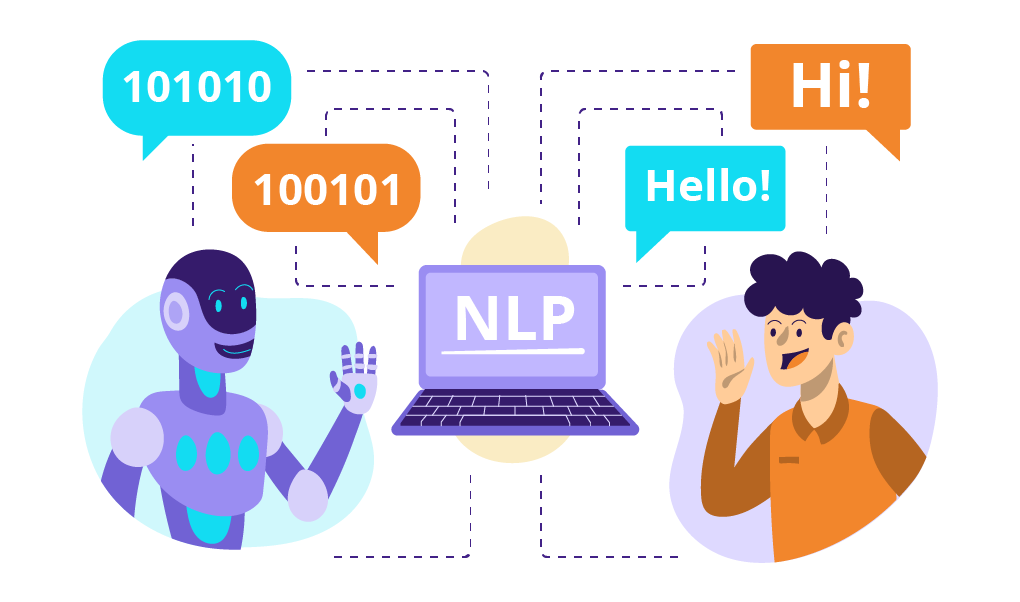Understanding Natural Language Processing (NLP)

Natural Language Processing (NLP) is a fascinating field at the intersection of computer science, artificial intelligence, and linguistics. It focuses on the interaction between computers and humans through natural language, enabling machines to understand, interpret, and generate human language in a valuable way. In this article, we will delve into the key concepts, techniques, and applications of NLP.
What is Natural Language Processing (NLP)?
NLP refers to the ability of a computer program to understand, interpret, and manipulate human language. It encompasses a variety of techniques and methods that allow machines to process and analyze large amounts of natural language data. NLP aims to bridge the gap between human communication and computer understanding.
Key Components of NLP
NLP consists of several key components that help in understanding and processing human language:
- Tokenization: The process of breaking down text into individual words or phrases, known as tokens. This is a fundamental step in text analysis.
- Part-of-Speech Tagging: Identifying the grammatical parts of speech in a sentence (nouns, verbs, adjectives, etc.), which helps in understanding the structure of the text.
- Named Entity Recognition (NER): The identification and classification of entities (people, organizations, locations, etc.) within the text.
- Sentiment Analysis: Analyzing text to determine the sentiment or emotion expressed, such as positive, negative, or neutral.
- Dependency Parsing: Analyzing the grammatical structure of a sentence to understand the relationships between words.
Techniques Used in NLP
Several techniques are commonly used in NLP to analyze and process natural language data:
- Machine Learning: Algorithms learn from data and improve their performance over time. Supervised and unsupervised learning are both applied in NLP tasks.
- Deep Learning: Neural networks, particularly recurrent neural networks (RNNs) and transformers, are used for more complex NLP tasks like language generation and translation.
- Rule-Based Systems: These systems use predefined linguistic rules to analyze text, relying on grammar and syntax.
Applications of NLP
NLP has a wide range of applications across various industries:
- Chatbots and Virtual Assistants: NLP powers chatbots that can understand and respond to customer queries, providing real-time support.
- Sentiment Analysis: Businesses use NLP to analyze customer feedback on social media and reviews to gauge public sentiment towards products or services.
- Text Summarization: Automated summarization tools can generate concise summaries of large volumes of text, making information easier to digest.
- Language Translation: NLP enables real-time translation services, allowing people to communicate across different languages.
- Content Recommendation: NLP algorithms analyze user behavior and preferences to recommend relevant content or products.
Challenges in NLP
While NLP has made significant progress, it still faces several challenges:
- Ambiguity: Human language is often ambiguous, with words having multiple meanings based on context, making it difficult for machines to interpret accurately.
- Variability: Different dialects, slang, and writing styles can complicate the analysis and understanding of language.
- Cultural Context: Understanding language requires knowledge of cultural references, idioms, and social norms that may not be easily recognizable by machines.
Future of NLP
The future of NLP looks promising, with ongoing advancements in artificial intelligence and machine learning. As technology continues to evolve, we can expect more sophisticated NLP applications that provide deeper insights and improve human-computer interaction. Innovations like large language models (LLMs) are revolutionizing the field, enabling more nuanced understanding and generation of human language.
Conclusion
Natural Language Processing is a dynamic and rapidly evolving field that plays a crucial role in how we interact with technology. Understanding NLP’s components, techniques, and applications allows businesses and individuals to leverage its power to improve communication, enhance user experiences, and gain valuable insights from data. As we continue to explore the capabilities of NLP, we are bound to see even more exciting developments that will shape the future of communication.
